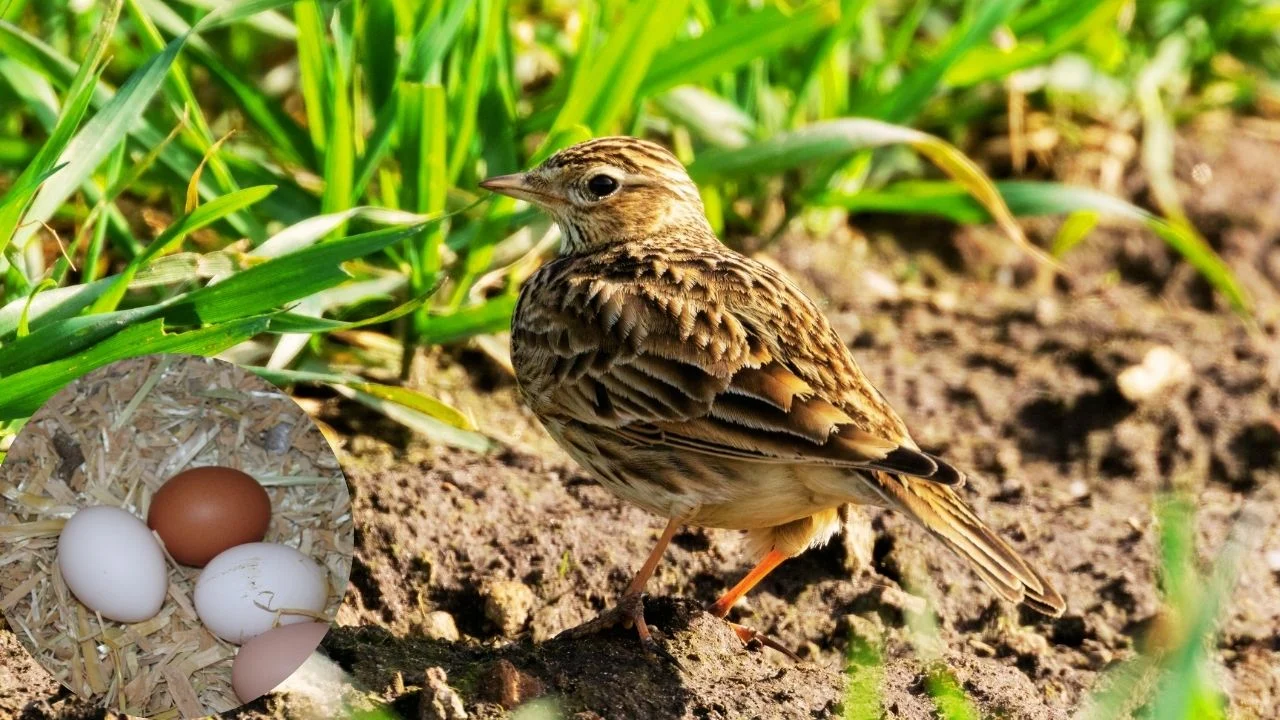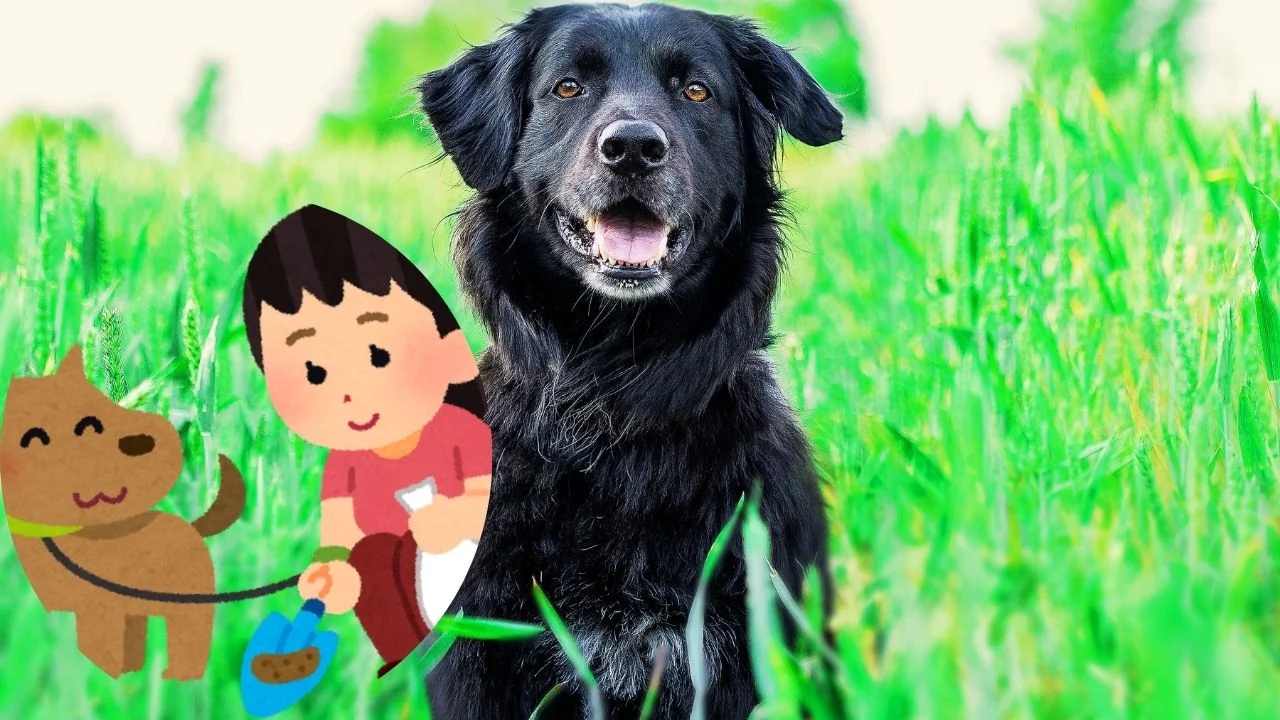As spring approaches, dog owners are being encouraged to keep dogs on leads to protect vulnerable wildlife. Conservation groups warn that off-leash dogs can disturb ground-nesting birds, potentially leading to abandoned nests and unprotected chicks.
Quick Navigation
Why This Matters for Wildlife

Between March and August, many bird species, such as Skylarks, Nightjars, and Woodcocks, lay their eggs directly on the ground in rural and woodland areas. Without the protection of trees or elevated nests, these birds rely on camouflage and minimal disturbance to keep their young safe. However, when dogs roam freely, they can unintentionally startle nesting birds, causing them to flee and leave their eggs vulnerable to predators or harsh weather conditions.
Experts emphasise that even friendly and well-behaved dogs can pose a risk, which is why it’s essential to keep dogs on leads. Birds perceive any approaching animal as a potential predator, which can trigger stress and flight responses.
The Impact of Dog Waste on Nature

Aside from disturbing wildlife, dog waste is another growing concern. Conservationists highlight that dog faeces left in natural areas can introduce harmful diseases, affecting both animals and humans.
One such disease is neosporosis, a parasite-borne infection that can cause pregnancy loss in grazing livestock. In early 2025, multiple cases have already been reported, raising alarms among farmers and wildlife experts. Keeping dogs on leads and ensuring proper waste disposal can significantly reduce these risks.
Responsible Dog Ownership in Natural Spaces
Dog lovers know that their pets bring immense joy and companionship, but responsible ownership includes being mindful of their impact on the environment. When exploring countryside trails, nature reserves, or open fields, pet owners can follow a few simple guidelines to protect wildlife. Learn more about potential risks and penalties for dog walkers here.
- Keep dogs on a lead in designated areas, especially during nesting season. Using the best harness for your dog can provide better control and comfort on walks.
- Stick to marked trails to avoid disturbing hidden nests.
- Always clean up after your pet to prevent the spread of disease.
- Be aware of local regulations, as some nature reserves may have seasonal restrictions on off-leash walking.
The Role of Conservation Groups in Protecting Wildlife
Wildlife trusts and animal welfare organisations play a crucial role in raising awareness about the importance of responsible dog ownership. Groups such as Surrey Wildlife Trust and Dogs Trust frequently collaborate on educational campaigns, providing guidance to pet owners on how to minimise their environmental impact.
Some reserves also implement volunteer-led initiatives, such as patrolling popular dog-walking routes to educate visitors about ground-nesting birds and the dangers posed by uncontrolled pets. By supporting these organisations, dog owners can contribute to conservation efforts and help ensure that natural spaces remain safe for all species.
A Small Step for a Big Impact
By taking these precautions and choosing to keep dogs on leads, dog owners play a crucial role in preserving local wildlife and ensuring that sensitive habitats remain undisturbed. Protecting nesting birds and maintaining clean, safe environments benefits not just nature but also future generations of walkers, pet owners, and outdoor enthusiasts.
As nesting season begins, a little extra care can go a long way in helping the wildlife that shares our countryside thrive.
Frequently Asked Questions
Should you keep your dog on a lead?
Yes, you should keep your dog on a lead, especially in public areas, to ensure their safety and the safety of others.
What is the #1 trick to stop your dog from pulling on the leash?
Use a front-clip harness to discourage pulling and encourage better control during walks.
What is the 123 method for dogs?
The 123 method for dogs is a training technique that involves three simple steps:
**Get the dog’s attention** – Use a command or a sound to focus the dog’s interest.
**Give the command** – Clearly state the behaviour you want the dog to perform.
**Reward the behaviour** – Immediately reward the dog with praise or a treat when they obey the command.
This method reinforces positive behaviour and helps establish a clear connection between commands and rewards.
How to train a dog not to jump on people?
Use a leash during greetings to control your dog’s behaviour.
Teach the sit command and reward your dog for sitting calmly.
Ignore your dog when it jumps up; turn away and avoid eye contact with it.
Only give attention when all four paws are on the ground.
Practice with friends or family to reinforce the behaviour.
Use positive reinforcement with treats and praise for good behaviour.
Be consistent and patient throughout the training process.

